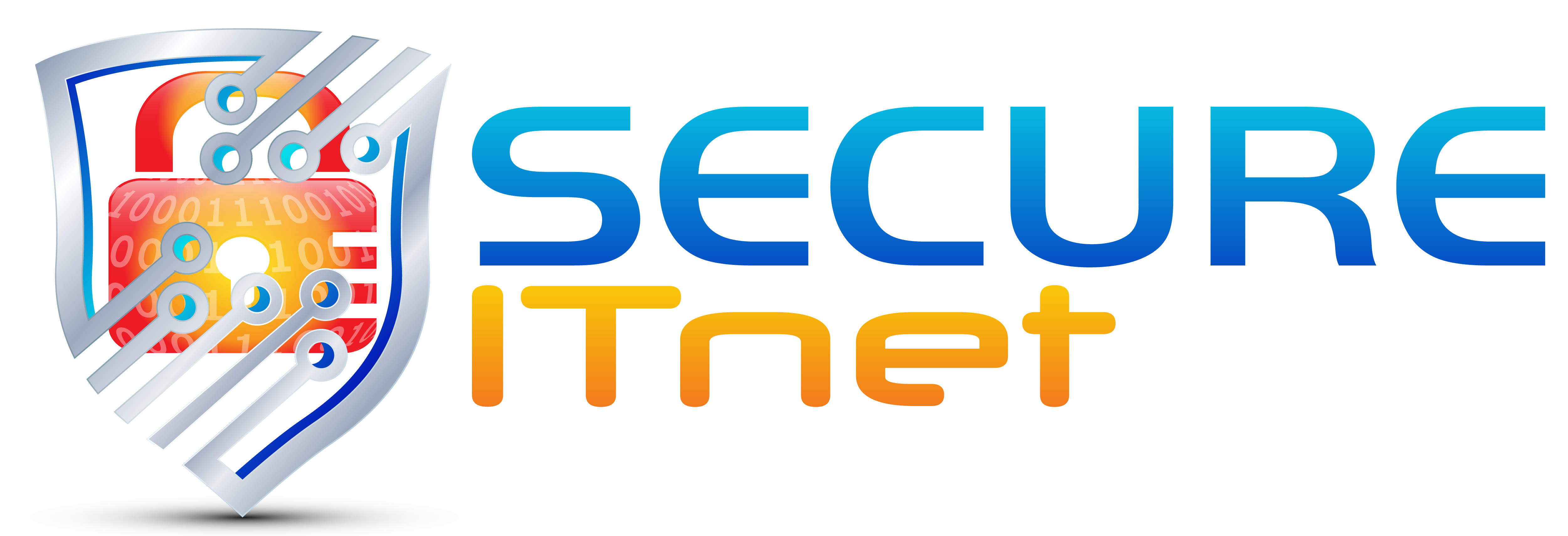5 Mistakes Small Businesses make when using a Data Center
- Incorrectly plan how it will integrate with their existing architecture
- Leave security holes in their in-house network
- Purchase applications that aren’t compatible with their existing architecture/environment
- Underestimate or overestimate sizing requirements
- Don’t hire a managed services company to manage their total environment
There are several common mistakes small businesses make when deciding to move some or all of their business to a data center. A good plan is paramount to a successful migration. There are many considerations such as integration, security, ownership vs virtual environments, compatibility and ongoing management that must be included in a successful migration.
Your current architecture has been built over time and, if you are like most businesses, will have unique aspects that must be provided for in your new environment. Depending on whether you will be moving existing equipment to the data center, buying new or taking advantage of virtual environments, will all play a factor in your plan. Many companies are deciding to use the virtual server environments provided by trusted entities to take advantage of uptime, ease of scaling, cost, flexibility and manageability.
Security is often a motivator for companies to move to a data center. Data centers have incredible physical and technical security measures in place, but often companies leave vulnerabilities in their own in-house connections to the data center. Ensuring proper safeguards are in place at your office locations and other connection points, are just as important as the security at the data center itself. You will now have employees accessing data remotely. Training your employees to follow the new protocols is an important security element many companies miss. You might consider refocusing security policies on protecting corporate assets instead of the devices used to reach them.
A study of 2000 CIO’s showed that 80% of cloud computing projects were put on hold due to compatibility issues they missed prior to purchasing their new applications. It is imperative that you understand where the integration points are in your new environment and how they will play together once connected.
Sizing is another critical aspect of your move to the data center. If you are putting your own equipment into the data center you will want to ensure it is rack-mount ready and understand the amount of rack space required. If you will be using the host’s equipment you will need to have a full understanding of your requirements to convey to the host. You will need to know how many IP addresses you will require. When it comes to bandwidth each circumstance is unique. You will want to factor in all aspects of the network load which includes user access, Active Directory, transport, continuous replication and other application traffic. You may also want to consider peaks and valleys in your traffic throughput and any bottlenecks you can anticipate.
You will need to address the need for firewalls and switches. Security is vital in your data center plan and your firewall will be a key component to your success. Most data centers charge per port, which is something you will need to know when planning your switching strategy. Your plan should also take into account your need to scale. As networks continue to accelerate, the data center is at the forefront of the requirement to support higher performance and high capacity, high-speed and low latency firewalls.
Finally, you must decide how all of this will be managed once you have moved to the data center. Most small businesses opt to have an outside company manage their environment so they can focus on their core business and not be distracted with the day-to-day monitoring and maintenance of their servers and applications. Unlike a traditional environment, adding a data center component adds layers of complexity you may not be experienced at managing. You must understand the security architecture needed for remote user access and must have remote monitoring and managing capabilities. In addition you will have to understand the integration of your legacy systems with your new architecture. For the low cost of outsourcing these responsibilities most companies don’t hesitate to take it off their plate. SECURE ITnet has the partnerships, skills and experience to make your transition to a data center secure and seamless.

